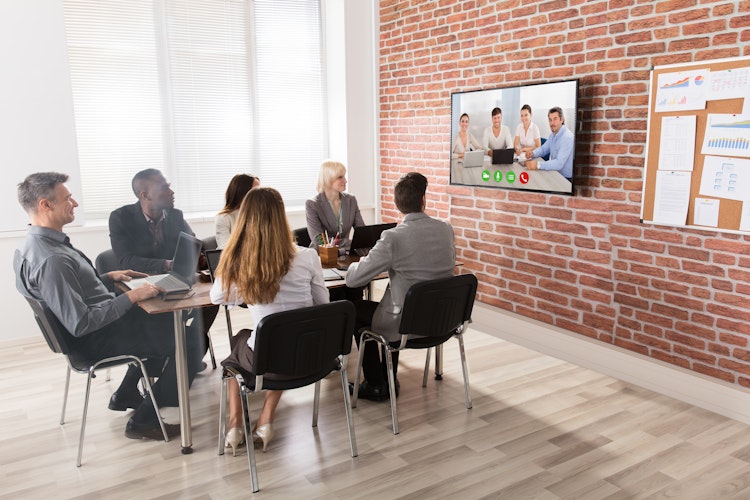How video conferencing is shaping the mobile workforce
As video technology in the office catches up with technology used at home, how will this impact the growing mobile workforce? A new report from Condeco looks at the challenges and benefits of higher-quality video integration
Video integration has become a staple of meeting room functionality in recent years. Previously the realities of video conferencing were frustrated employees attempting to connect to complex systems, which came at great expense to the business, only to have a disrupted conversation with very pixelated recipients.
More recently, video integration has evolved, and high-quality video equipment has become cheaper and simpler to use. As employees become more comfortable with video conversations in their home life, they are also showing more will to use video conferencing in the office environment.
Video calls on the rise
The Modern Workplace 2018: People, Places & Technology report, produced by Condeco, found that two-fifths of business leaders report an increase in the number of video conferencing calls over the past three years.
It is not difficult to see why this trend is picking up speed in the workplace – the business can cut travel budgets and time wasted travelling, while still connecting with clients and colleagues effectively in different locations. Sophisticated video equipment is integrated into all aspects of modern offices today, but how can it keep up with a more mobile workforce?
Informal platforms
Technology is one of the key enablers of a mobile workforce – video conferencing, laptops, tablets and mobiles allow employees to be constantly connected. Whereas we might immediately think of video conferencing as a formal engagement, many organisations report the use of more informal video platforms to conduct internal meetings. The quality of video technology has improved significantly in the past few years, that people can just as easily have a conversation with someone on video as they can in person.
While overall, the future looks bright for video conferencing, there are still limitations and reservations, particularly from more traditional workplaces. As a US business leader stated in the report: ‘[Video] reduces our ability to build personal relationships. So, we require some office attendance from remote workers, for example spending one week in six in the office.’
Every organisation has a different take on how video conferencing will impact their business, but for now it is confidently on the rise.








